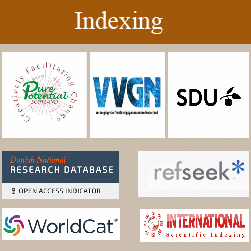Procaryotic Diversity of a Remote Aviation Fuel-Polluted Lentic Ecosystem in Ibeno, Nigeria
Author(s):
Ime R Udotong, Mfoniso P Uko* and Justina Ime R Udotong
Ibeno in Akwa Ibom State is the operational base of Mobil Producing Nigeria Unlimited (MPNU), a subsidiary of Exxon Mobil in the Niger Delta region, Nigeria and it remains one of the most impacted communities by oil and gas exploration and production (O&G E&P) activities. Natural bodies of water (lotic and lentic systems) in the region receive recent petroleum hydrocarbon inputs almost daily due to oil spills and oily wastes discharges. This research was carried out to determine the prokaryotic diversity in a remote aviation fuel-contaminated lentic ecosystem after 15years of aviation fuel pollution using metagenomic approaches. Water samples from the polluted and a control (unpolluted) sites were collected using sterile 1-litre plastic bottles and transported to the laboratory in ice-packed cooler for analyses. ZR Fungal/Bacterial DNA MidiPrep™ (D6105) Extraction Kit was used to obtain community DNA of all microorganisms present in the water samples. The extracted DNA fragments were amplified by Polymerase chain reaction. The quantity of the amplified product was confirmed by agarose gel electrophoresis and bioinformatic analyses of the extracted fragments were carried out in the NCBI GenBank database using BLAST software. The analysis revealed the dominance of bacterial and archaeal communities in both the polluted and unpolluted water samples. The polluted sample had in composition 93.83% bacteria, followed by 3.43% archaea and 0.36% fungi; the control site sample revealed 58.05% bacteria, 39.69% fungi and 1.05% of archaea. Bacteria are the most dominant organisms in both the polluted and unpolluted ecosystem. These findings suggest that the conditions of the two water bodies are such that allow bacterial growth and proliferation otherwise the archaea would dominate if the conditions were harsh or at extremes.



